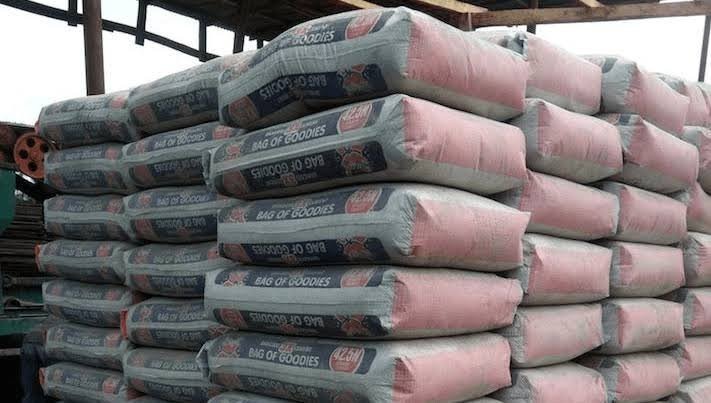In Nigeria’s building materials market, key brands such as Dangote Cement, BUA Cement and Lafarge Cement continue to dominate, but their prices remain high and vary by region and outlet.
According to a survey carried out by Naija News, a 50 kg bag of Dangote Cement is retailing at about ₦10,200 to ₦10,400.
BUA Cement is quoted at roughly ₦10,100 to ₦10,300 per 50 kg bag, while Lafarge Cement is being sold at about ₦10,400 to ₦10,600 for a 50 kg bag.
Several factors continue to drive cement prices upwards in Nigeria:
1. Foreign Exchange and Imported Inputs
Many inputs for cement production, including some raw materials, equipment spare parts and packaging, are imported or priced in foreign currency. A weaker Naira means higher costs domestically, which suppliers pass on to consumers.
2. Energy and Fuel Costs
Cement manufacture and distribution are energy-intensive: fuel (diesel) for mills and transport, electricity for plant operations, etc. When fuel prices rise (or supply is unstable), production/distribution costs go up.
3. Transportation & Logistics
Nigeria’s infrastructure challenges (roads, security delays, remote distribution) increase the cost of moving bags of cement from the factory to the depot to the retail point. The farther the distance and the more difficult the route, the higher the final price to the consumer.
4. Demand & Supply Dynamics
When construction demand is strong (housing, infrastructure), cement demand rises. If supply does not increase correspondingly, prices rise. Conversely, oversupply or weak demand can ease pressure. Some analysts note that cement companies have benefited from strong demand recently.
5. Government Policy, Regulation & Expectations
The government has on multiple occasions urged manufacturers to reduce prices (for example, calling for bags to be sold at ₦7,000), but manufacturers cite cost pressures and have largely kept prices high.
6. Brand Strategy & Market Positioning
Major brands with significant market share and distribution power (Dangote, BUA, Lafarge) may price differently based on brand strength, premium positioning, and cost base. For example, brand premium can mean a higher retail price even if production cost is similar.

